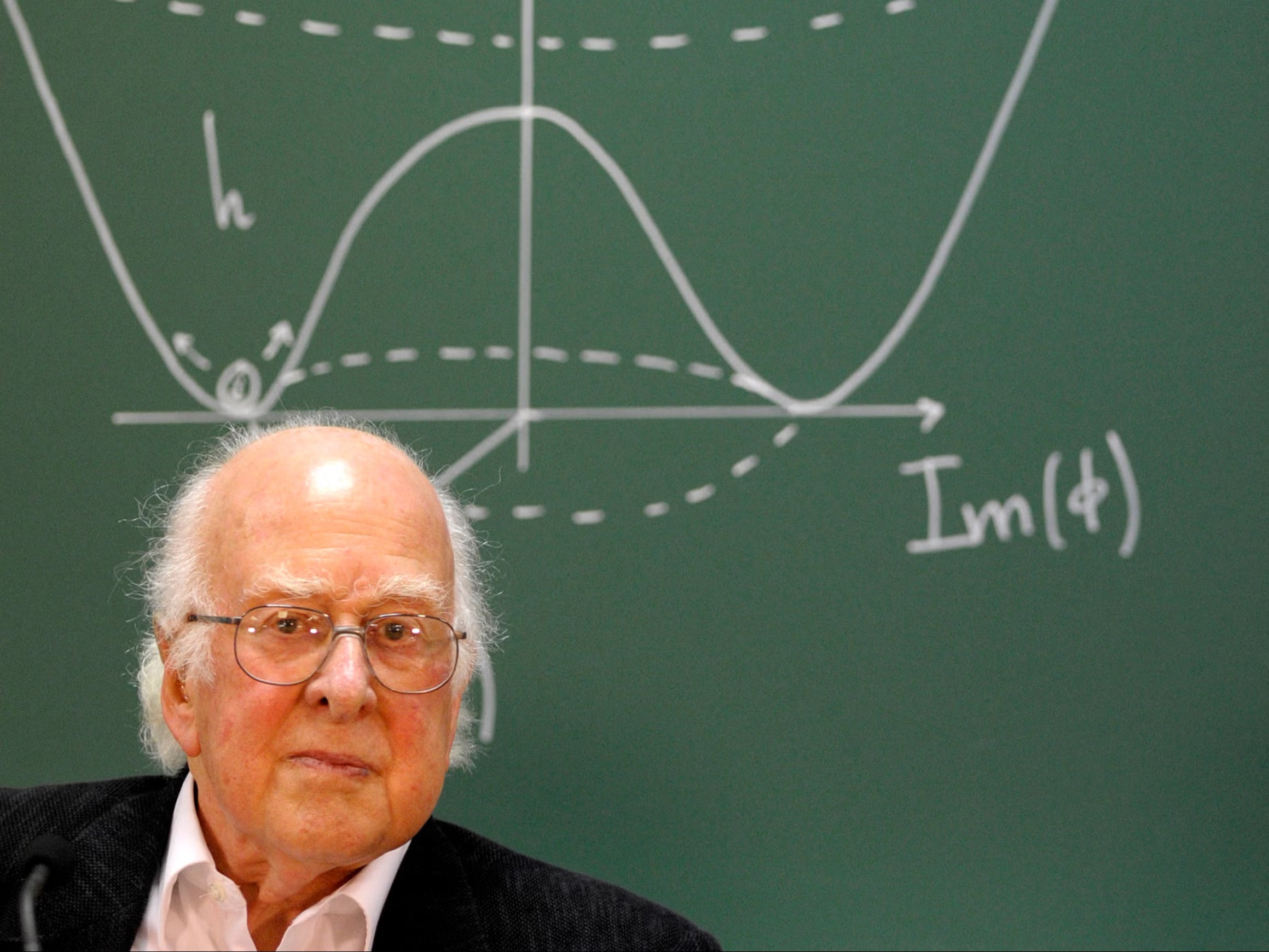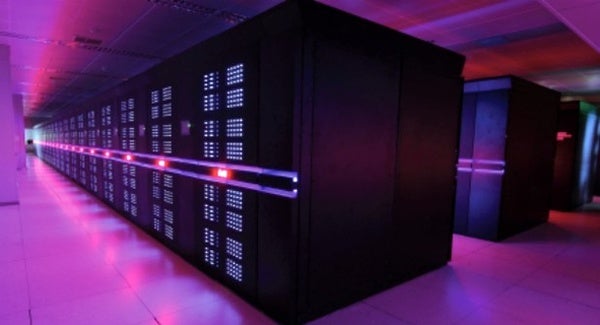Scientists use giant magnets to solve a 20-year-old dark matter mystery
Here’s how you search for undiscovered forces when you don’t know what they look like

Physicists are always searching for new theories to improve our understanding of the universe and resolve big unanswered questions.
But there’s a problem. How do you search for undiscovered forces or particles when you don’t know what they look like?
Take dark matter. We see signs of this mysterious cosmic phenomenon throughout the universe, but what could it possibly be made of?
Whatever it is, we’re going to need new physics to understand what’s going on.
Thanks to a new experimental result published today, and the new theoretical calculations that accompany it, we may now have an idea what this new physics should look like – and maybe even some clues about dark matter.
Meet the muon
For 20 years, one of the most promising signs of new physics has been a tiny inconsistency in the magnetism of a particle called the muon. The muon is a lot like an electron but is much heavier.
Muons are produced when cosmic rays – high-energy particles from space – hit Earth’s atmosphere. Roughly 50 of these muons pass through your body every second.
Muons travel through solid objects much better than x-rays, so they are useful for finding out what is inside large structures. For example, they have been used to look for hidden chambers in Egyptian and Mexican pyramids; to study magma chambers inside volcanoes to predict volcanic eruptions; and to safely see inside the Fukushima nuclear reactor after it melted down.

A tiny crack in physics?
In 2006, researchers at Brookhaven National Laboratory in the United States measured the strength of the muon’s magnetism incredibly precisely.
Their measurement was accurate to roughly six parts in 10 billion. This is equivalent to measuring the mass of a loaded freight train to ten grams. This was compared to a similarly impressive theoretical calculation.
When researchers compared the two numbers, they found a tiny but significant difference, indicating a mismatch between theory and experiment. Had they finally found the new physics they’d been looking for?
A better experiment
To find a definitive answer, the international scientific community started a 20-year programme to increase the precision of both results.
The huge electromagnet from the original experiment was loaded onto a barge and shipped down the east coast of the US and then up the Mississippi River to Chicago. There, it was installed at Fermilab for a completely overhauled experiment.
Just this morning, researchers announced they had finished that experiment. Their final result for the strength of the muon’s magnetism is 4.4 times more precise, at one-and-a-half parts in 10 billion.

And better calculations
To keep up, theorists had to make sweeping improvements too. They formed the Muon g-2 Theory Initiative, an international collaboration of more than 100 scientists, dedicated to making an accurate theoretical prediction.
They computed the contributions to the muon’s magnetism from more than 10,000 factors. They even included a particle called the Higgs boson, which was only discovered in 2012.
But there was one last sticking point: the strong nuclear force, one of the universe’s four fundamental forces. In particular, computing the largest contribution to the result from the strong nuclear force was no easy feat.
Antimatter vs supercomputers
It was not possible to compute this contribution in the same way as the others, so we needed a different approach.
In 2020, the Theory Initiative turned to collisions between electrons and their antimatter counterparts: positrons. Measurements of these electron–positron collisions provided the missing values we needed.
Put together with all the other parts, this gave a result that strongly disagreed with the latest experimental measurement. The disagreement was almost strong enough to announce the discovery of new physics.
At the same time, I was exploring a different approach. Along with my colleagues in the Budapest-Marseille-Wuppertal collaboration, we performed a supercomputer simulation of this strong contribution.
Our result eliminated the tension between theory and experiment. However, now we had a new tension: between our simulation and the electron–positron results which had withstood 20 years of scrutiny. How could those 20-year-old results be wrong?

Hints of new physics disappear
Since then, two other groups have produced full simulations that agree with ours, and many more have validated parts of our result. We have also produced a new, overhauled simulation that almost doubles our precision (released as a preprint, which has not yet been peer-reviewed or published in a scientific journal).
To ensure these new simulations weren’t affected by any preconceptions, they were performed “blind”. The simulation data was multiplied by an unknown number before being analysed, so we didn’t know what a “good” or “bad” result would be.
We then held a nerve-wracking and exciting meeting. The blinding factor was revealed, and we found out the results of years of work all at once. After all this, our latest result agrees even better with the experimental measurement of the muon’s magnetism.
But others emerge
The Muon g-2 Theory Initiative has moved to using the simulation results instead of the electron-positron data in its official prediction, and the hint of new physics seems to be gone.
Except … why does the electron–positron data disagree? Physicists around the globe have studied this question extensively, and one exciting suggestion is a hypothetical particle called a “dark photon”.
Not only could the dark photon explain the difference between the latest muon results and the electron–positron experiments, but (if it exists) it could also explain how dark matter relates to ordinary matter.
Finn Stokes is a Ramsay Fellow in Physics at the University of Adelaide
This article was first published by The Conversation and is republished under a Creative Commons licence. Read the original article
Join our commenting forum
Join thought-provoking conversations, follow other Independent readers and see their replies
Comments